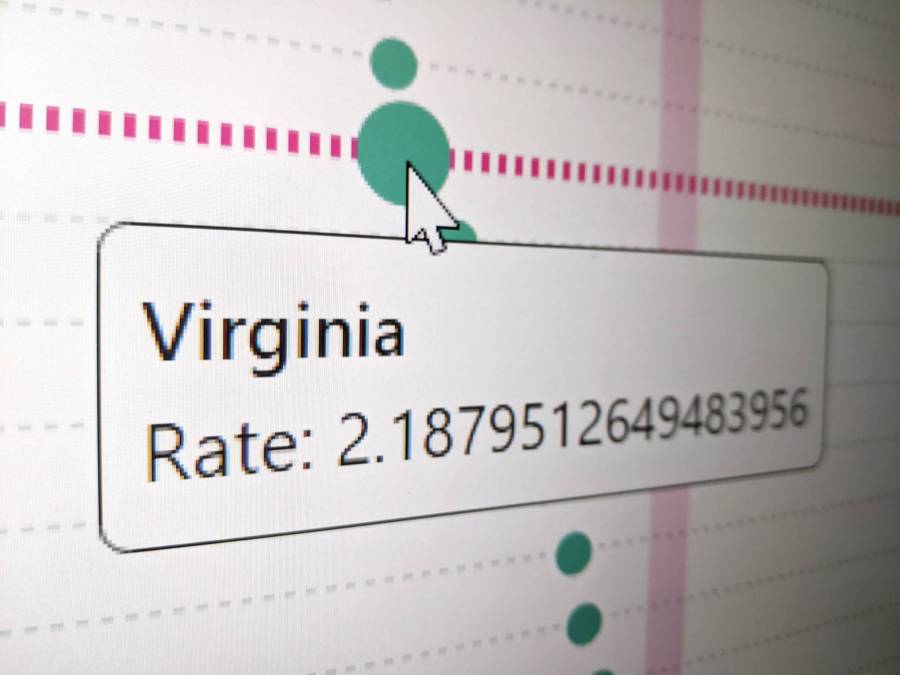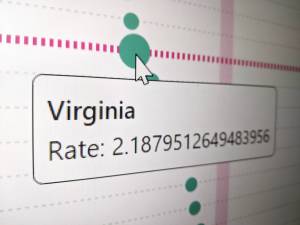Virginia to use data analytics tools to monitor human trafficking

Building on analytics tools and data-sharing agreements previously used to track opioid deaths and COVID-19 cases in Virginia, the commonwealth’s Department of Criminal Justice Services on Wednesday announced a new platform to help officials understand and mitigate trends in human trafficking.
Virginia and its vendor, Qlarion, a software firm specializing in data tools for government, unveiled the new platform, called the Virginia Analysis System for Trafficking, or VAST, as a new way for officials to share data across jurisdictions and identify actionable trends. Some of the tool’s capabilities, according to a press release, include identifying demographic information about the victims of human trafficking, its perpetrators, where it’s happening and which factors might be increasing its incidence.
Virginia, home to 8.6 million people, tallied 119 cases of human trafficking in 2020, according to the National Human Trafficking Hotline. Human trafficking is generally defined as forcing or coercing others into prostitution or physical labor against their will. The hotline counts nearly 74,000 cases nationally since 2007.
The platform includes a way for officials to create data visualizations that distinguish between sex workers who’ve chosen their line of work and incidents of human trafficking, according to the announcement. Prostitution is a crime in Virginia that carries financial penalties and potential jail time, but law enforcement differentiates it from sex trafficking. Qlarion claims that VAST will help train officers to recognize the difference between at-will workers and trafficking victims.
In addition to a framework designed to help agencies share data, the software also includes a “missing child dashboard” for aggregating, filtering and visualizing missing-child cases.
In addition to demographic data, the software’s filtering options include relationships between victim and perpetrator, presence of drugs and location or event type where a case was identified. By cross-referencing various data points, officials may be able to anticipate whether, for example, an increase in drug trafficking would lead to increased human trafficking, or whether victims of a certain age are more likely to be trafficked by family members.
“This data can empower stakeholders to understand previously hidden correlations,” Qlarion’s announcement reads. “These insights enable agencies to target interventions and better understand whether programs are having an impact.”
The VAST platform builds on work Virginia officials started several years ago to track opioid deaths using a tool called the Framework for Addiction Analysis and Community Transformation, or FAACT. The platform was repurposed during the pandemic to track and control COVID-19 cases, by allowing agencies to more easily share data and observe trends.






